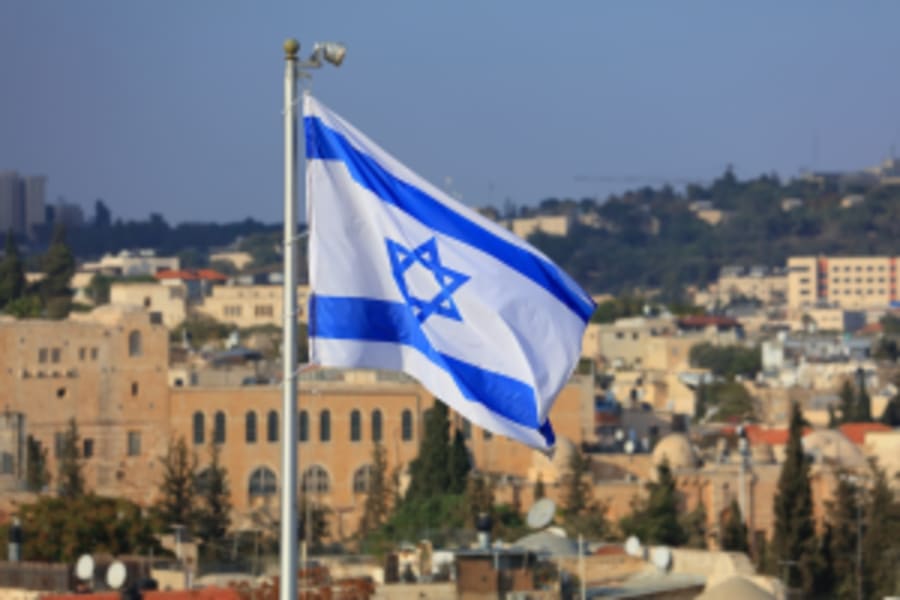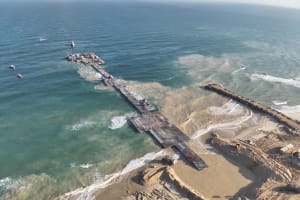From north to south, cold or hot, Israeli water flows abundantly and offers more than quenching thirst

A blessing from God’s hands
Following their liberation from Egypt and forty years of journeying under Moses' leadership in the desert, the Israelites were on the verge of entering Canaan, the Promised Land. Among the numerous promises granted to the people of Israel, one included the assurance of a vital resource:
“For the Lord your God is bringing you into a good land, a land of rivers and wells of water, flowing into valleys from hills” (Deut 8:7).
The Bible makes a staggering 4,260 references to "rivers/streams." These terms, encompassing various watercourses like wadis (dry desert river beds) and permanent rivers, carry symbolic significance. These references often symbolize powers that can intimidate or overpower both individuals and entire nations, including invading armies, the divine peace of God, and the indwelling presence of the Holy Spirit.
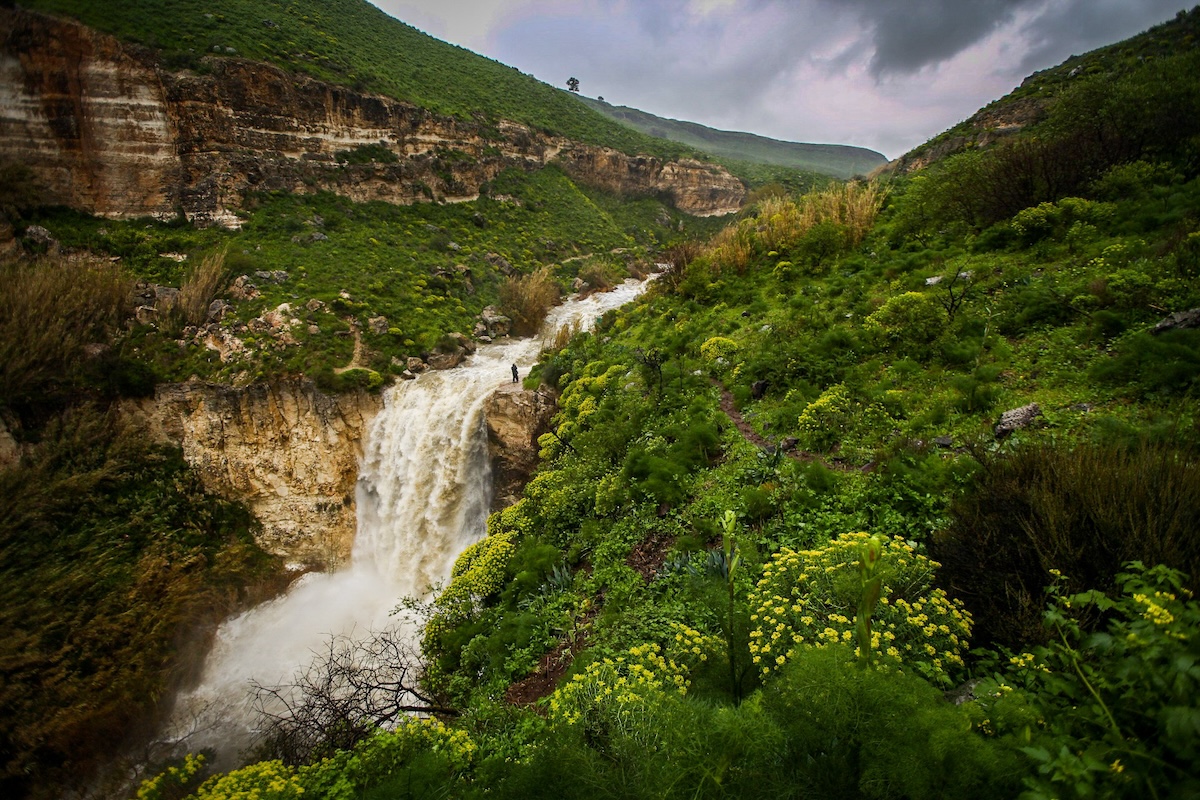
An impressive relief: Map and spiritual perspectives
In modern Israel, maps feature the names of biblical water sites, imbuing them with both spiritual and environmental value. Such iconic site includes the Jordan River and the Sea of Galilee.
The Jordan River, known in Hebrew as Yarden (ירדן), meaning "flow down," originates from the slopes of Mount Hermon, nestled on the Lebanon-Syria border. Spanning over 223 miles (360 km), it “flows down” southward through northern Israel, culminating in the Sea of Galilee. There, its elevation sharply plummets to 686 ft (209 m) below sea level, earning it the distinction of being the world's lowest river. Its journey concludes dramatically as it flows into the Dead Sea, reaching a depth of 1,312 ft (400 m) below sea level.
The Jordan River is a recurrent motif in the Bible, symbolizing liberation from trials and anticipation. Crossing it, signifies a pivotal moment toward freedom, with its waters embodying breakthrough and deliverance from oppression.
The Jordan River has been a witness to a series of extraordinary events, with perhaps the most notable being the miraculous crossing led by Joshua, an event still commemorated today for its significance in Israelite history (Joshua 3:15-17).
In the Gospels, people came from all around to be baptized by John the Baptist in the Jordan River, symbolizing their repentance and transformation. Jesus (Yeshua), though sinless, was baptized there to fulfill divine righteousness, marking the beginning of his teaching and healing ministry.
The Sea of Galilee, serving as the conduit for the Jordan River, holds the distinction of being the world's lowest freshwater lake, residing 600 feet below sea level. Fed by three main sources and flowing southward toward the Dead Sea, it is surrounded by hills and fertile valleys. Tiberias, established by Herod Antipas, lies to the south. Crucial for fishing and travel, the lake is prone to sudden, perilous storms, particularly from the east.
Steeped in biblical importance, this body of water was previously identified in the Old Testament as the Sea of Kinnereth and later as the Lake of Gennesaret. Along the serene shores of the Sea of Galilee, a multitude of Gospel narratives unfold, recounting the extraordinary miracles and teachings of Jesus/Yeshua, set amidst villages such as Capernaum, Chorazin, and Bethsaida.
Let’s test the spring waters!
HOT&CARE: A hot source is a natural phenomenon resulting from geothermally heated water rising from the Earth’s crust.
The national park of Hamat Tiberias showcases 17 thermo-mineral springs, each maintaining a temperature of around 60°C (140°F) and a saline concentration of 36.5 grams per liter. Predominantly composed of sodium and calcium chlorides, with traces of potassium, bromide, and sulfate, these springs transport their waters through subterranean passages to supply the Tiberias Hot Baths. Emerging from depths exceeding 183 m (600 ft) below sea level, a diverse array of minerals rush into the city of Tiberias.
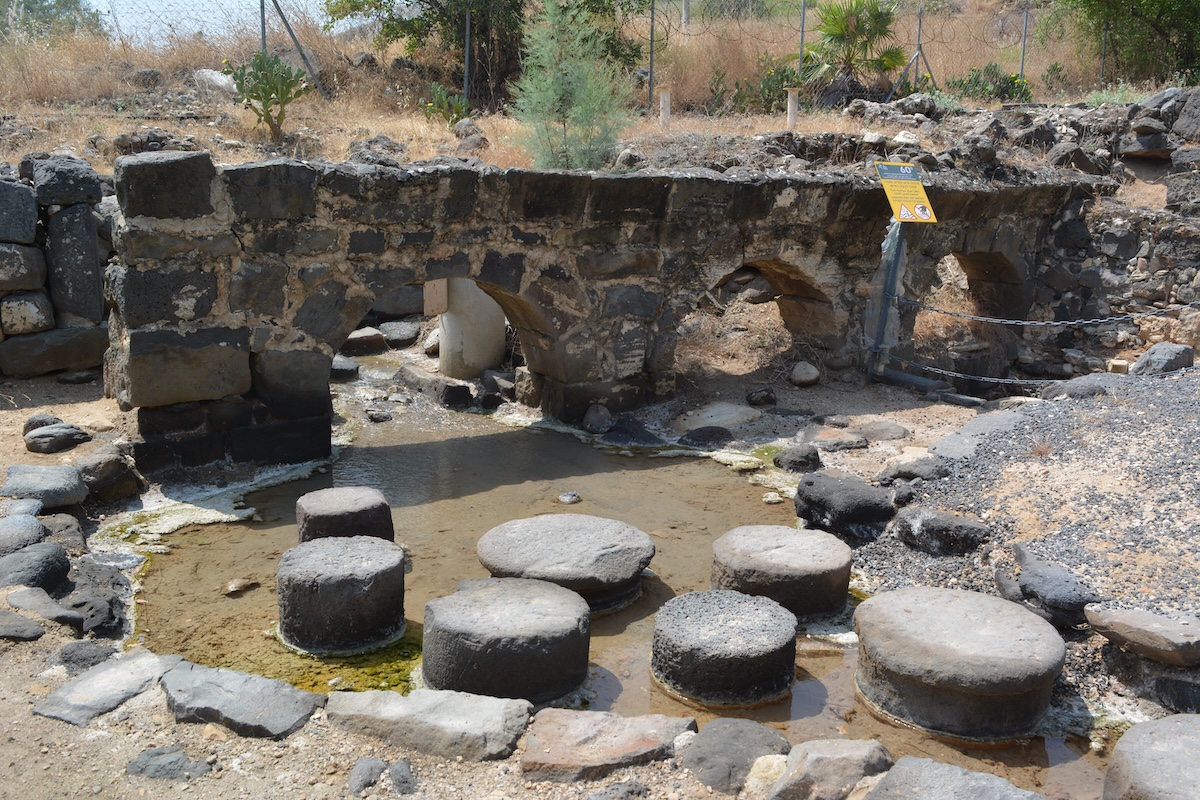
Renowned for their healing properties, substantial quantities of sulfuric and hydrochloric acids, along with calcium salts, have been historically acclaimed for alleviating rheumatism, arthritis, as well as skin and internal affections.
Located 20 km (12.5 miles) to the south, Hamat Gader stands as Israel's largest and oldest spa complex, drawing both local residents and international visitors for centuries. Its origins trace back to the Roman Empire era, serving as a favored recreational retreat for soldiers on leave.
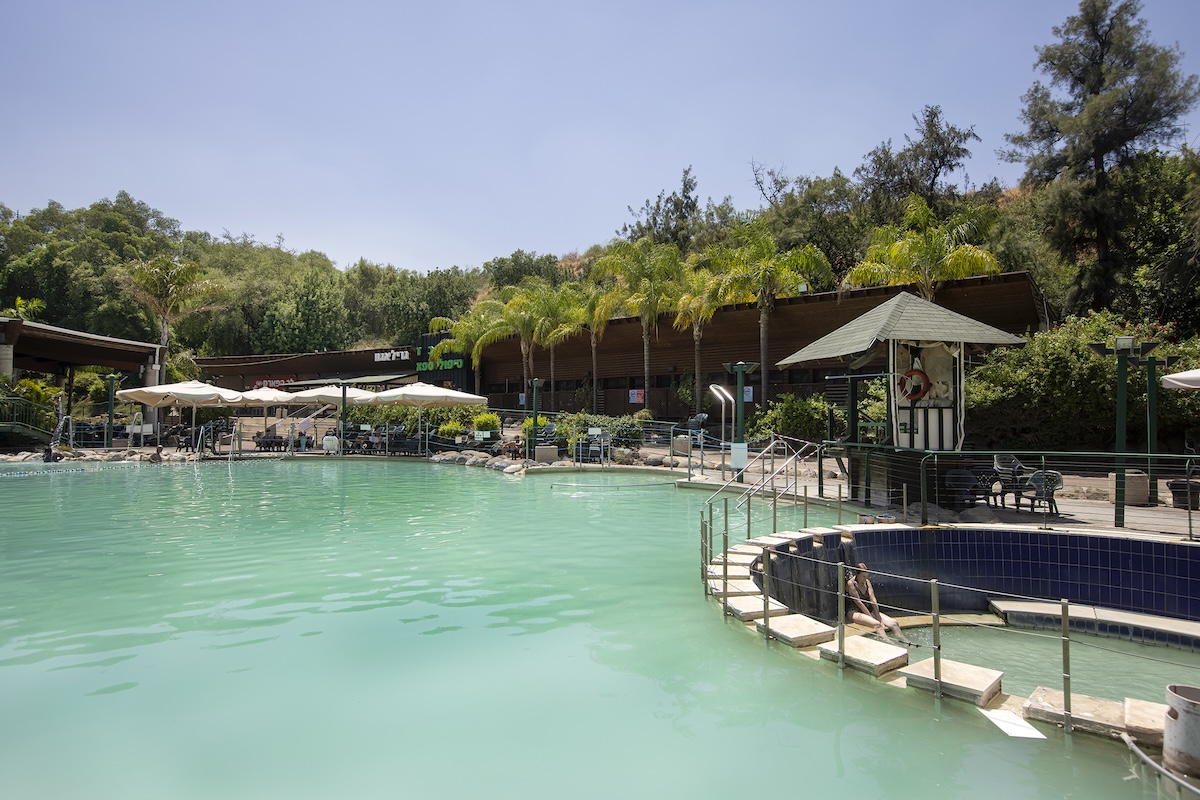
Scattered throughout the country, other renowned thermal springs famous for their warm, sulfuric waters include Hamei Ga’ash, situated in the heart of Israel near Herzliya. Likewise, in the southern region, Hamei Yoav near Ashkelon offers another notable destination: its springs were accidentally discovered during crude oil excavation efforts. Although oil remained undiscovered, an extraordinary hot spring emerged as an unexpected treasure.
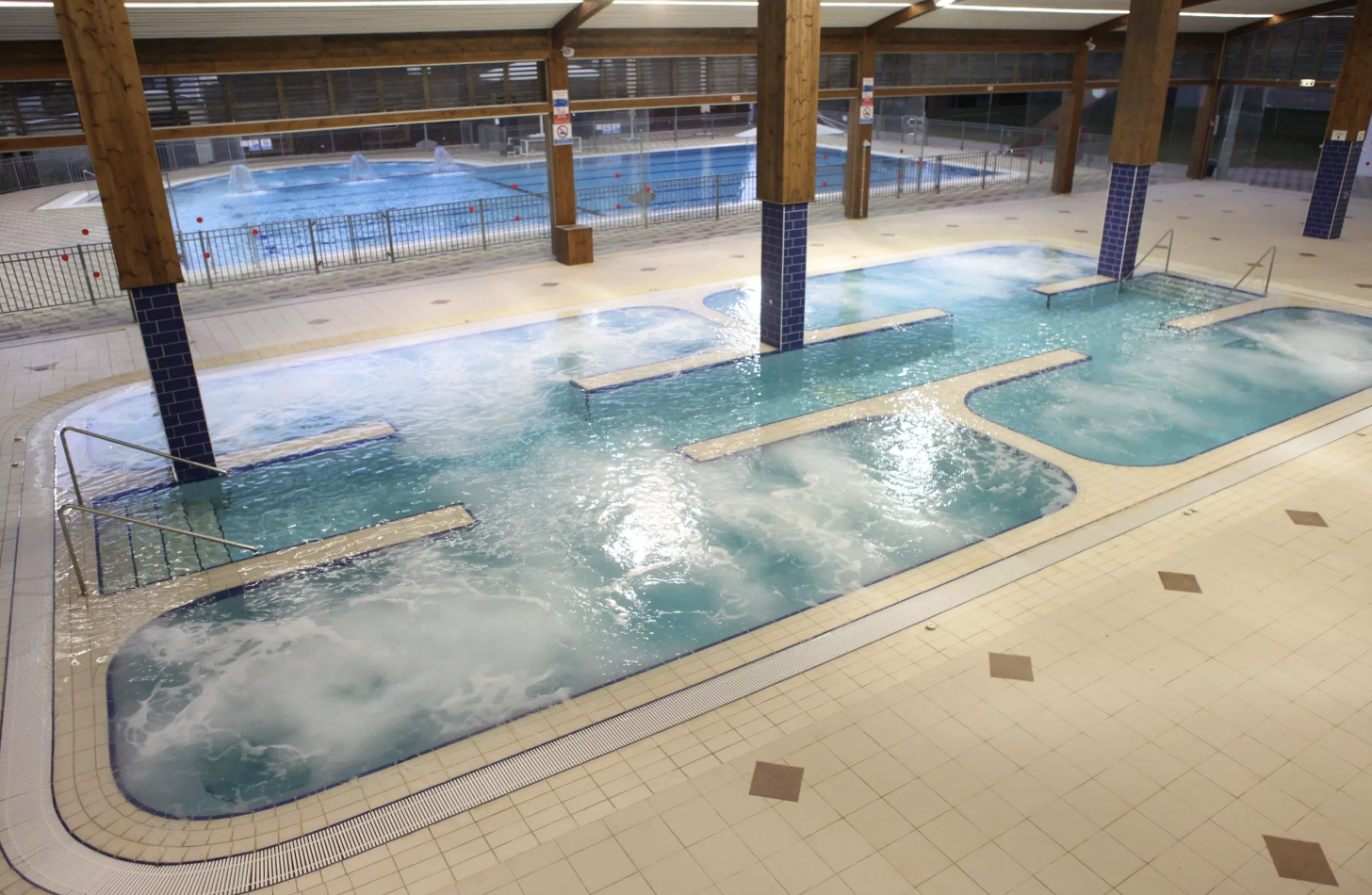
COLD & FUN: As the mercury rises towards boiling, it's an opportune moment to explore some ancient yet refreshing natural springs, where generations have been chilling out for ages to beat the heat.
The initiation into the “springs culture” or “maayanot,” typically occurs during high school years for most Israelis driving with friends to secluded spots, “known only to them.”
In the Jerusalem area, lies Sataf, a testament to ancient ingenuity. Carved out of rock thousands of years ago. Sataf’s origins trace back to our ancestors’ discovery of water seeping out of the rocks. With hammers and chisels, they skillfully carved pathways through the layers of stone, creating a man-made cave and tunnel system leading to a pool filled with fresh mountain water. Truly a hidden gem during the hot summer months. Adjacent to the springs, reservoirs, replenished by rainfall, served a dual purpose: providing refreshment and enabling the irrigation of nearby orchards and vegetable gardens through ancient agricultural methods.
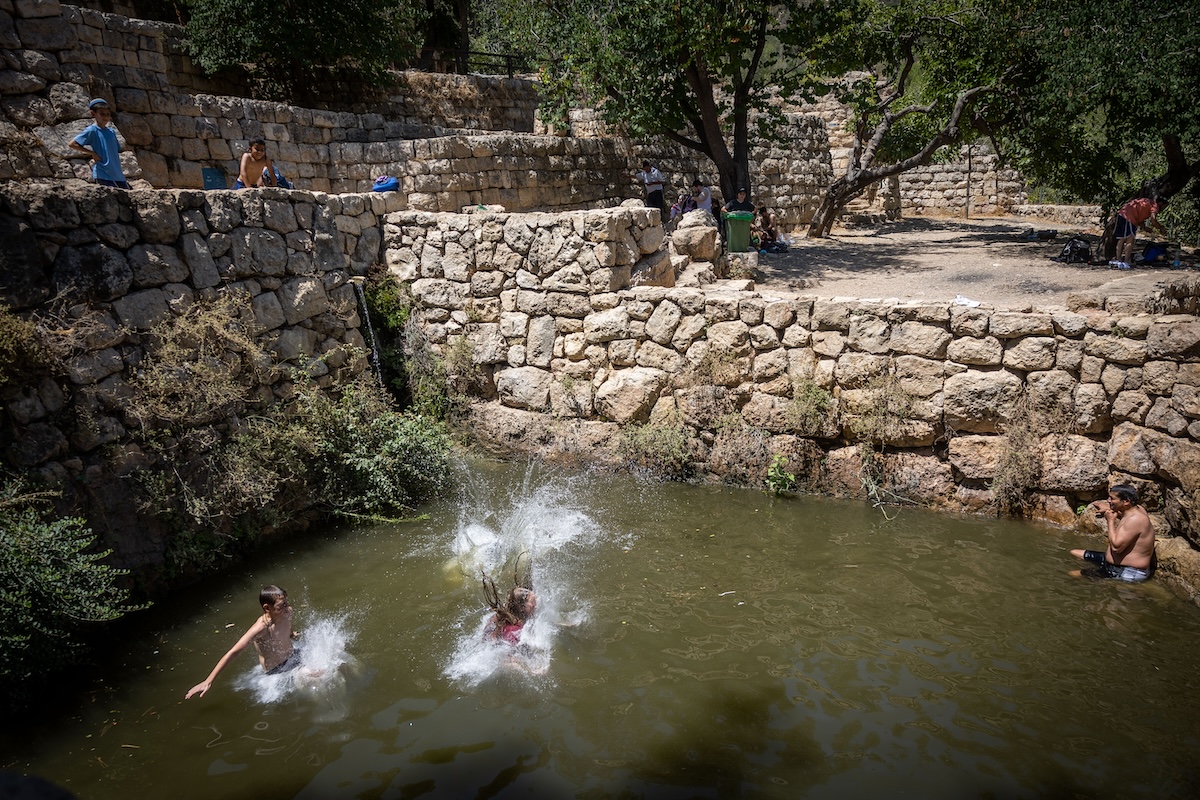
One of the most invigorating experiences can be found at Ein Gedi near the Dead Sea. Ein Gedi, named "Spring of the Kid (young goat)", stands as a testament to nature's resilience and beauty in a dry setting. This oasis has provided sustenance, narratives, and inspiration for centuries. From its mentions in the Bible to its historical importance, each waterway and path holds a significant story.
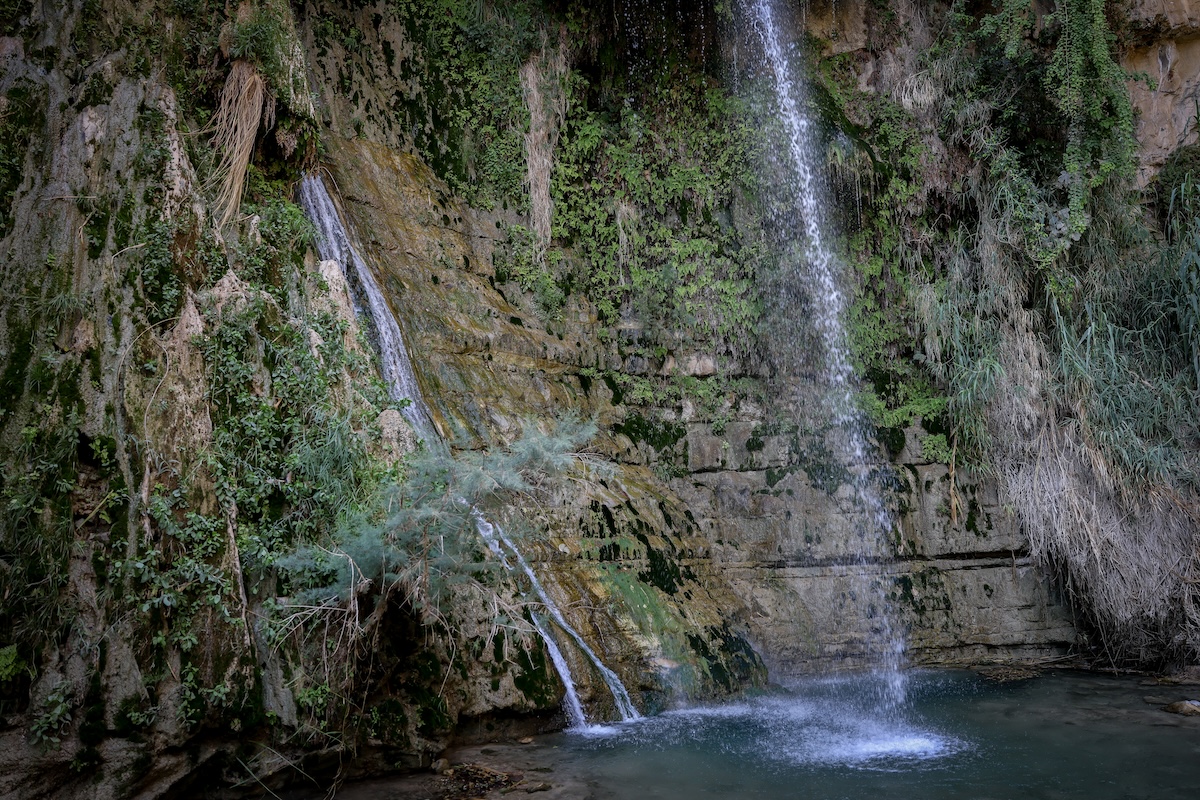
The rejuvenating waters of the Dead Sea!
The Dead Sea has been recognized as a spa destination since ancient times, with its healing properties having been historically proven. Aristotle even mentioned a lake whose salts keep both humans and animals afloat. With a water density of approximately 1.240 kg/l, swimming in the Dead Sea is remarkably effortless, thanks to its high salt concentration of 33%, much higher than regular seawater.
The appeal of Dead Sea salt comes from its abundant minerals, offering many benefits. With its high concentration of magnesium chloride (50.8%), sodium chloride (30.4%), calcium chloride (14.4%), potassium chloride (4.4%), sulfate, and bromide, it stands out as a valuable natural resource. Additionally, the Dead Sea's renowned saline properties contribute to its uniqueness. Furthermore, the Dead Sea air, with its elevated atmospheric pressure, boosts its healing effects by increasing oxygen levels. This dense atmosphere acts as a shield, effectively absorbing harmful UV rays.
Legend has it that the iconic Cleopatra herself indulged in cosmetic baths, harnessing the sea's rejuvenating effects, a tradition now embraced by many Israelis and tourists who regard it as essential for relaxation, treatment and revitalization.
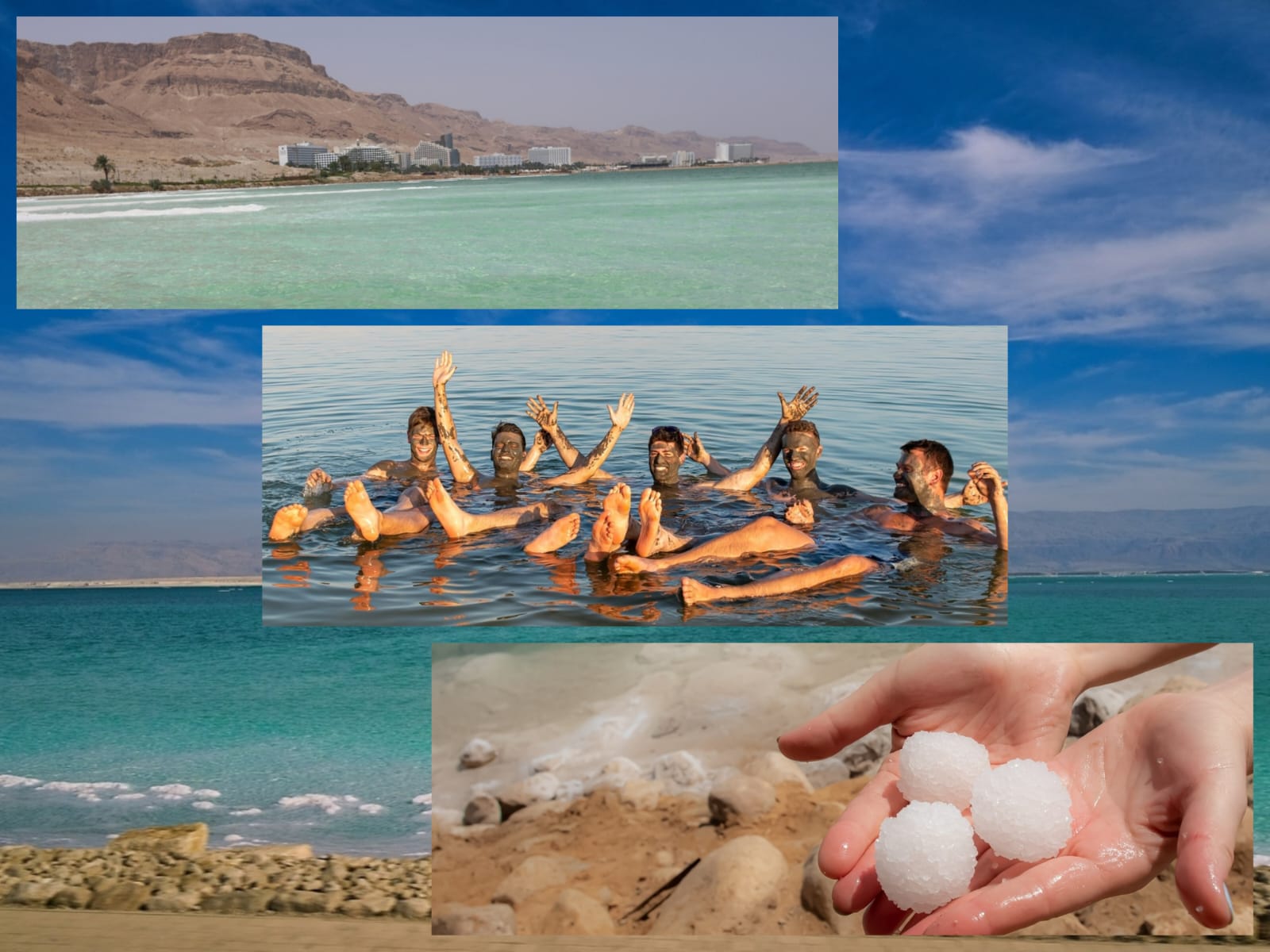
A mysterious hot spring rests discreetly at the base of Mount Bental's dormant volcano
Is it conceivable that merely a two-and-a-half-hour drive (200 km/124 mi) north of the lowest point on earth (430 m /1411 ft below sea level), the Dead Sea, we uncover the Bental water reservoir in a volcanic area atop the Golan Heights?
Discovered underground through a drilling project near Kibbutz Merom Golan, it serves as a hydrothermal source, channeling hot water. Despite residents' efforts to safeguard its natural beauty, this remarkable location continues to draw the curious in search of the extraordinary.
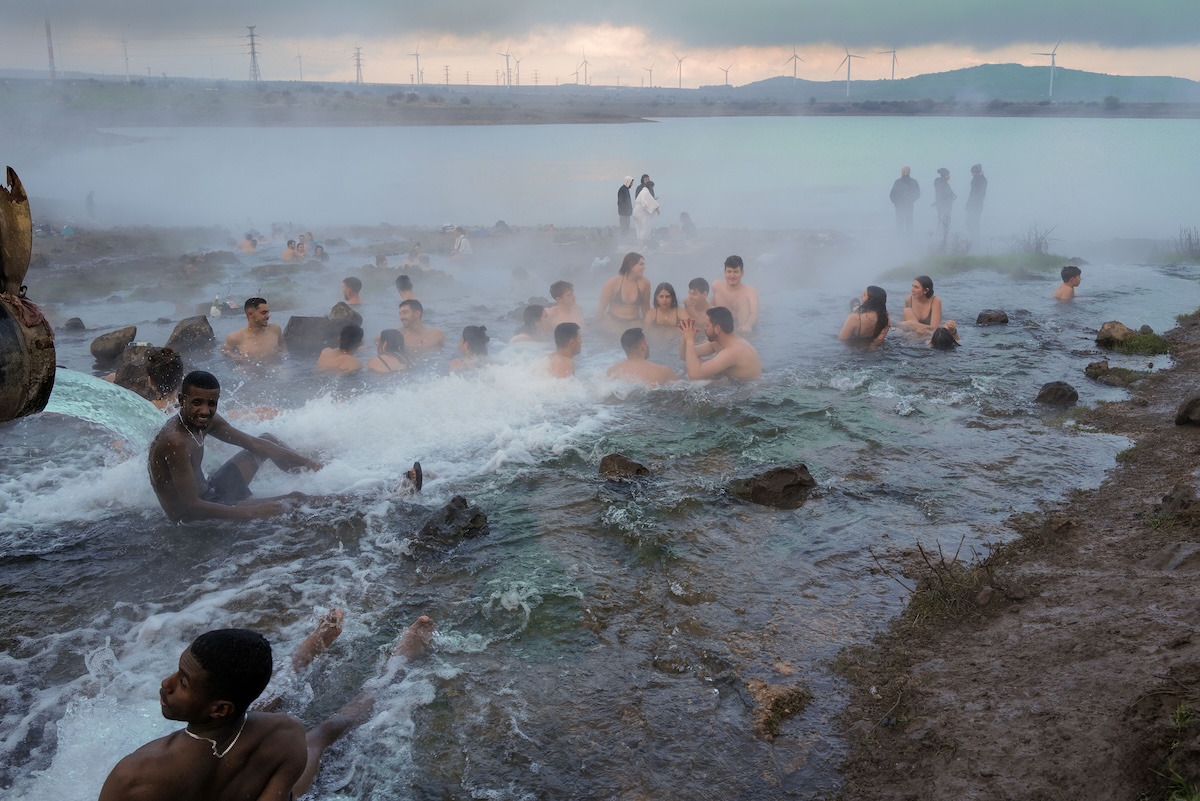
Over time, Israel has implemented centralized water planning, revised pricing, established regulatory agencies, educated citizens on water conservation, desalinated seawater, embraced drip irrigation methods, and treated nearly all wastewater for agricultural reuse. As a result, Israel has ascended as a world leader in water management, sharing its expertise and technologies internationally.
Undoubtedly, this stands as a testament to the faithful fulfillment of God's promises:
“For I will pour water on the thirsty land, and streams on the dry ground; I will pour out my Spirit on your offspring, and my blessing on your descendants.” (Isaiah 44.3).
We recommend to read:

The All Israel News Staff is a team of journalists in Israel.









